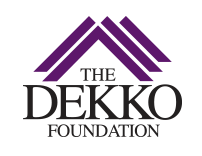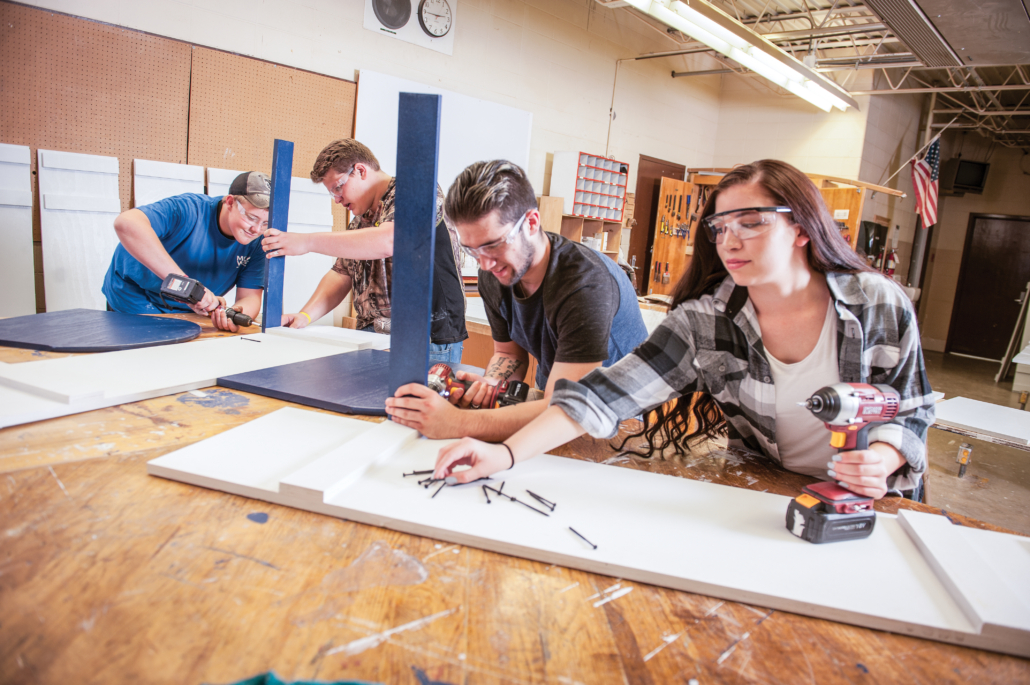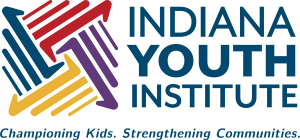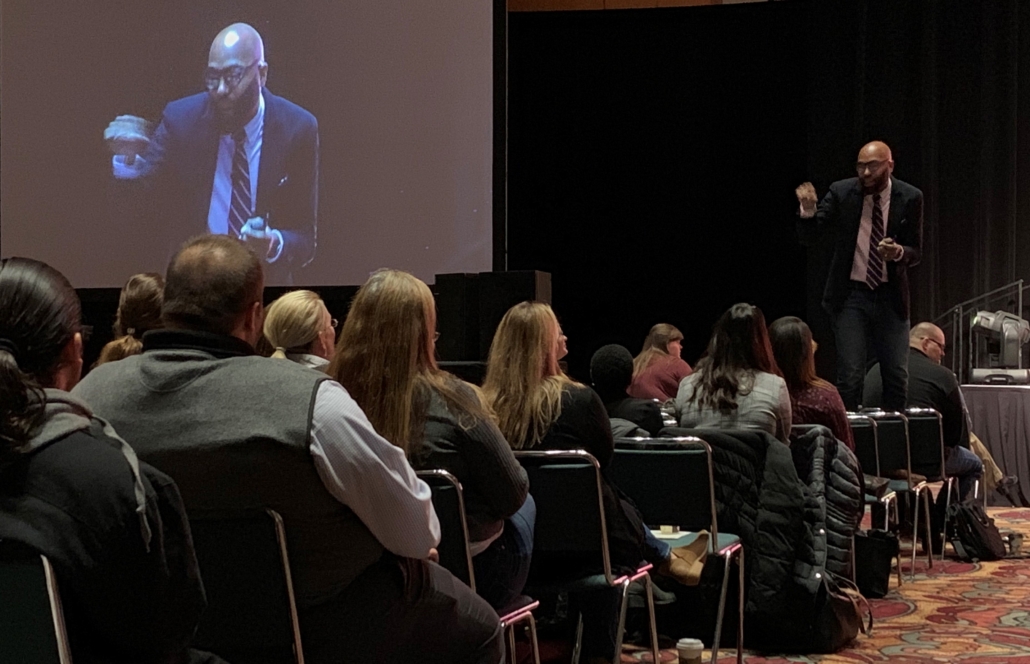Dekko Foundation to move to Community Learning Center
The Dekko Foundation, a private family foundation started in 1981 in Kendallville, Indiana, by the late businessman and philanthropist Chester E. Dekko, will move its offices to the Community Learning Center this year.
The Dekko Foundation’s board of directors, comprising members of Mr. Dekko’s family, has endorsed the move because of its potential to advance the foundation’s mission of fostering economic freedom through education. The spirit of collaboration that lies at the heart of the Community Learning Center and the proximity to organizations that work directly with young people will allow the foundation to be more effective in carrying out Mr. Dekko’s vision.
“We are excited that residents of Kendallville and Noble County have come together to support the Community Learning Center as it endeavors to assist individuals of all ages through lifelong learning and skill development,” said Thomas Leedy, president of the Dekko Foundation. “Working alongside agencies at the CLC that are striving to remove barriers to economic freedom will make us a stronger foundation.”
The new office, which will be on the third floor of the Community Learning Center, will accommodate the foundation’s nine-person staff and have spaces that can be shared with other community organizations.
“At the Community Learning Center, we have the opportunity to learn from agencies working hard every day to support young people as they build the skills, knowledge, and character that are fundamental to them growing up to become self-sufficient adults and ultimately capable of achieving economic freedom,” Leedy said. “That knowledge will help inform our role as a funder and benefit our mission.”
The Dekko Foundation has been among the community members and organizations that for more than a year have been collaborating to make the Community Learning Center project a reality. Recent milestones have included the announcement of the first seven agencies that will offer programs and occupy space inside the facility, and the transfer of ownership of the property from the City of Kendallville to The Community Learning Center, Inc. Earlier this month, the Community Learning Center hosted an open house that provided a first look at the improvements that have been made to the facility and allowed individuals to connect with program providers.
The Dekko Foundation is providing financial support for the Community Learning Center’s ongoing renovations and operations. Leedy sits on the board of directors of The Community Learning Center, Inc., a nonprofit organization that was formed in 2019 to oversee the facility and surrounding grounds.
“Kendallville, Noble County, and Northeast Indiana have recognized the incredible opportunity the Community Learning Center has to be a catalyst for lifelong learning, building skills, expressing creativity, and improving well-being through its multigenerational offerings,” Leedy said. “It’s because of that enthusiasm for the CLC’s mission — Connecting Communities. Strengthening Lives. Securing Futures. — that our board has chosen to support this project, and it’s why they’re confident this move will help carry on Mr. Dekko’s legacy.”
That legacy extends back to 1925 when Chester E. Dekko was born in Ada, Minnesota. Growing up during the Great Depression helped instill in Mr. Dekko a strong work ethic, a deep appreciation for how education can improve one’s standing in life, and a bold entrepreneurial spirit. Mr. Dekko and his business partner, Lyall Morrill, devised an innovative wiring harness for refrigerators and started Lyall Electric in 1952. Under Mr. Dekko’s leadership, the business grew to have a significant presence in several manufacturing sectors and was renamed Group Dekko, with more than 2,500 employees in four states and Canada. Following Mr. Dekko’s passing in 1992, his entire estate was transferred to the foundation.
The Dekko Foundation supports communities where Mr. Dekko had business and personal interests. That includes six counties in Northeast Indiana, five counties in south-central Iowa, Norman County, Minnesota, and Limestone County, Alabama.
“Our commitment to these communities remains as strong as ever,” Leedy said. “The men and women who worked for Mr. Dekko helped make Group Dekko successful, and the foundation will continue to support young people in these communities so they can be successful in becoming self-sufficient and economically free. In addition, we hope that what we’ve learned by being involved in the Community Learning Center project can be a resource for these communities as they advance themselves.”
Moving to the Community Learning Center will mark the start of an exciting new chapter for the Dekko Foundation as it prepares to celebrate its 40th anniversary in 2021.
“It’s remarkable to reflect on the impact Mr. Dekko’s vision of economic freedom has had over nearly 40 years in the communities that meant so much to him,” Leedy said. “Moving the foundation to the Community Learning Center will help ensure that vision carries on for another 40 years — and beyond.”









